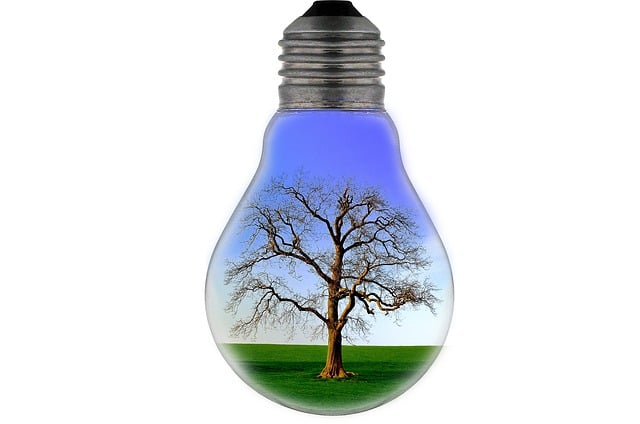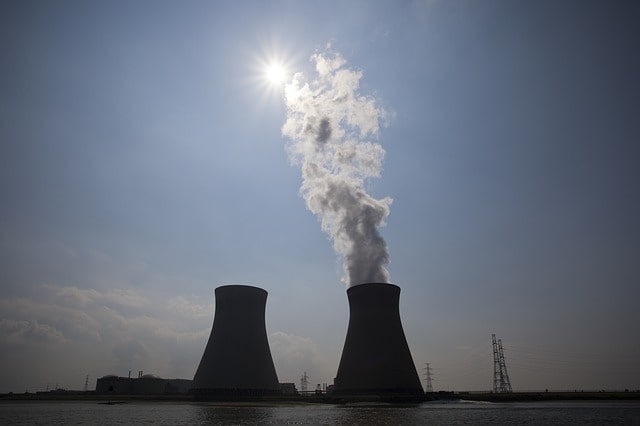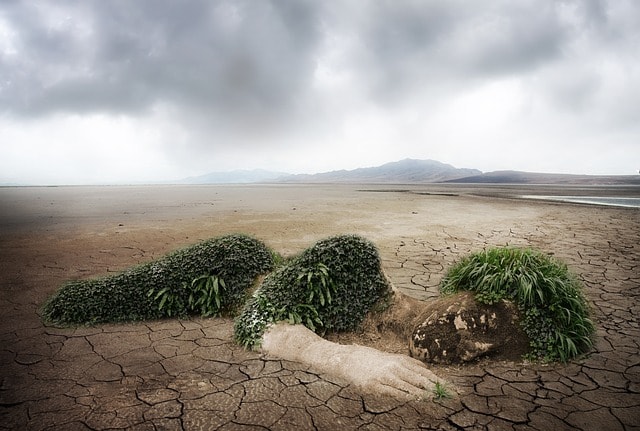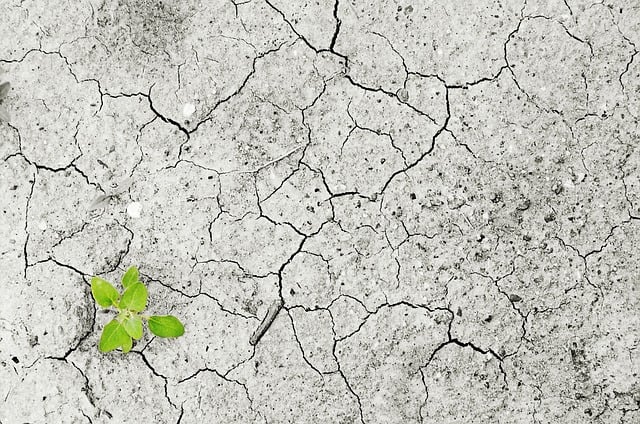Various Causes and Effects of Wildfires
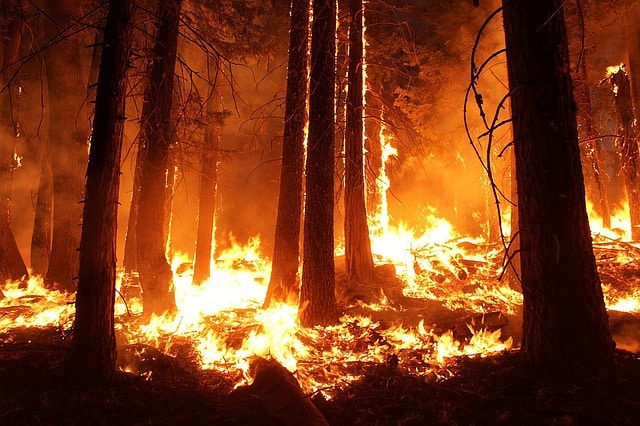
Wildfires are uncontrolled, rapidly spreading, and raging huge flames enhanced with wind action and firebrands that can wipe out an extensive forest or vegetation land area within minutes. Wildfires are among forces of nature that cause huge devastation to humans and environment. According to the U.S. Fire service, more than 700 wildfires occur every year, burning down approximately 7 million acres of land and destroying more than 26,000 structures. Central and local organizations work together to control tens of thousands of fires each year. The U.S. spends over $5 billion dollars to fight fires each year. That money is channeled to funding a brigade of firefighting forces including deployment of airplanes that drop water to cool the fires, drop phosphate fertilizer to slow down its spread and trucks to cut off the spread of fire.
Wildfires are also referred to as bushfires, forest fires, woodland fires, grass fires, vegetation fires, and peat fires depending on the kind of vegetation being burnt. They are unwanted, unpredictable and unplanned fires that occur in wildlands. Wildfires are so extreme that they can burn at a temperature more than 2,000 degrees Fahrenheit. That temperature is twice as hot as the surface of Venus. The flames of wildfires have the capability to reach 50 meters high. Wildfires can grow big that they change the weather patterns of a given area. They also spread fast on the ground, moving twice as fast an average human can run. With that said, it’s quite difficult to stop something like that.
Here are some of the causes and effects of wildfires.
Primary Causes of Wildfires
For a fire to start, three things must be present; oxygen, heat, and fuel. Foresters call this the fire triangle. Fire will spread towards the direction where there is plenty of one of these elements. So, the only way to put out or control it is to significantly limit one of these three elements. The following are the main causes of wildfires decimating hectares of land every year:
-
Human Causes
90% of all wildfires are caused by humans. Human acts of carelessness such as leaving campfires unattended and negligent discarding of cigarette butts result in wildfire disasters every year. Accidents, deliberate acts of arson, burning of debris, and fireworks are as well other substantial causes of wildfires. Below are the detailed elaborations of the human causes of wildfires.
Smoking: A worldwide study of smoking-related fire by epidemiologists reports that smoking is the leading cause of fires and deaths globally. The report further states that these fires resulted in an estimated cost of $27.2 billion globally in 1998. The United States incurred an estimated cost of $7 billion due to wildfires in the same year. There is an uncontrolled habit of people smoking while driving, walking or biking and after finishing they would just throw away the cigarette butt without completely putting it out. Smokers at times become negligent at extinguishing the cigarettes butts after smoking.
On few occasions, cigarette buds are not properly put out before being thrown away. These individuals have no idea where those buds will end up and most start fires. This is why it’s important for smokers to desist from these bad habits or ensure the buds are properly extinguished before throwing away. This kind of carelessness is what leads to wildfire disasters in many areas as the cigarette butt may end up starting a fire.
Unattended Campfires: Camping is a fascinating experience and I bet most people love camping as a way of connecting with nature and to experience some good time outdoors. However, during camping or outdoor activities people normally leave lit fires or combusting materials unattended to which can ignite wildfires. It is imperative for all lit fires and combusting materials to be totally extinguished after use to avoid wildfire disasters.
Humans sparked off about half of the 73,110 wildfires on wildlands in the United Sates in the period between 2006 and 2015. In that period, campfires contributed to one-third of the 33,700 human-instigated wildfires. Those wildfires decimated more than 1.2 million acres of land. These figures underscore the capability of campfires to start a huge wildfire. In this day and age, camping has become a big thing. Individuals, both old and young want to get out of the busy, crowded and polluted cities and its environs to spend quality time in the woods and enjoy the natural wonders. Fire is needed when temperatures fall during camping. Campfire is able to start wildfires if not properly put out.
Burning Debris: Wastes and trash are on several occasions burned to ashes as a way of reducing the accumulation of rubbish. What is left after burning the waste matter or trash is debris that burns slowly. This slowly burning debris can potentially set anything ablaze and start a wildfire because of the heat.
Burning debris is common in remote areas to get rid of junk, refuse and yard waste. Most areas permit burning of such debris. Therefore lots of people tend to think of burning debris as the first option when they pile up. But in few instances, these fires start to spread and overwhelm the individuals and leads to massive fire outbreaks. Some governments have stepped in to mitigate the situation by requiring individuals to obtain burn permits before combusting any debris.
Fireworks: Fireworks are used by humans for various reasons such as celebrations, sending signals, or illuminating areas. Birthdays, Christmas, and New Year attract wild celebrations accompanied by fireworks.
However, their explosive nature can start wildfires. Only one stray spark can start a huge wildfire and decimate hundreds of acres and lead to serious injuries. Also, due to their slow burning rate, the remaining pieces can land in unintended places thereby starting a wildfire. In 2016, fireworks started 57 fires in the state of Nebraska in the United States that culminated to $285,365 in losses. It’s, therefore, critical to recognize the explosive nature and huge potential of fireworks to cause massive wildfires by blasting them at the right places.
Machinery Accidents: Machinery accidents such as the explosion of gas balloons and car crashes can ignite wildfires. The hot and explosive sparks from machinery accidents or engines can start huge forest or bush fires if the machines are operating within or adjacent to the forest or bush areas respectively.
Old outdated appliances, faulty electric outlets, extension cords, outdated wiring; space heaters can contribute to electric fires in homes when they go wrong. In fact, according to the U.S. Fire Administration, 28,600 fires are caused by electric appliances gone wrong each year. Most are accidental, but if not identified fast, they can result in widespread wildfires. Lawn mowers, car crashes, and gas balloons can also contribute to starting wildfires.
Arson: Some people may intentionally set fire to destroy land, house or any other property. This act of malicious burning of property makes up about 30% of all wildfire events. A person responsible for this heinous act is known as an arsonist. Arson specialists have substantiated that numerous fires are caused by arsonists, and that it attributes to approximately 30% of wildfire reports. As a result, arson has a dramatic effect on the risk of wildfires and can only be avoided if people desist from this kind of wicked behavior. Relevant authorities must be informed as soon as arson acts are witnessed.
-
Natural Causes
Natural causes account for about 10% of all wildfires. Nevertheless, wildfires occurring as a result of natural causes vary from one region to another depending on the vegetation, weather, climate and topography. There are only two main natural causes which are lightning and volcanic eruptions.
Lightning: A fairly good number of wildfires are triggered by lightning. It a little bit difficult to agree with this fact, but researchers have found out that it’s a common trigger. A lightning strike can produce a spark. Sometimes the lightening can strike power cables, trees, or rocks and any other thing and this can trigger off a fire.
The type of lightning associated with wildfires is known as hot lightning. It has less voltage currents but strikes repeatedly for longer periods. As such, fires are normally initiated by the persistent hot lightning bolts that strike rocks, trees, power cables or any other thing that might ignite a fire.
Volcanic eruption: Hot magma in the earth’s crusts is usually expelled out as lava during a volcanic eruption. The hot lava then flows into nearby fields or lands to start wildfires.
Effects of Wildfires
-
Loss of Ecosystems and Biodiversity
Wildfires destroy the habitats and the intricate relationships of diverse flora and fauna leading to loss of ecosystems and biodiversity. Wildfires simply damage the habitable and adaptable land for specific animal and plant species. It alters or kills the plant life features which support thousands of wildlife thereby forcing the animals out of the regions or even killing them.
Smaller and rare animals including birds, squirrels, insects, rabbits, and snakes are mainly at high risks of death, whereas some plant species are burnt to ashes. Besides, wildfires can even lead to extinction for certain animals.
Wildfires can be so severe that they decimate the habits and critical relationships of plants and animals causing loss of ecosystem. Most animals are able to detect oncoming fires and migrate early. Those that can’t move faster are killed. Since plant life that supports life in the area is burnt down, animals have to look for habitats elsewhere.
-
Forest Degradation
Forest fires such as the ones that commonly happen in dry tropical forests are a major cause of forest degradation. Whenever forest fires are experienced, thousands of acres of trees and vegetation cover are wiped out. Almost every year, forests fires are witnessed across different forest regions which persistently reduce the quality of certain forest features like soil fertility, biodiversity, and ecosystems.
-
Air Pollution
We all know that living plant matter purifies the atmospheric air we depend on for respiration. They achieve this by taking in carbon dioxide, greenhouse gases, and air impurities and later give off oxygen. When plant life is exterminated by fires, the quality of air we breathe in declines and greenhouse gasses increase in the atmosphere leading to climate change and global warming. In addition, the huge clouds of smoke instigated by wildfires lead to massive air pollution.
Trees and vegetation covers act as purifiers of the air we breathe by absorbing carbon dioxide and other greenhouse gases as well as other air impurities and gives out oxygen. When they are burned down, it means more greenhouse gases increases in the atmosphere, resulting in global warming. Furthermore, huge amounts of smoke and dust are discharged into the atmosphere, causing air pollution.
-
Soil Degradation
Forest soils are loaded with nutrients emanating from decaying forest debris. Forest soils also consist of numerous natural features that support a plethora of life forms and organic activities. Wildfires also kill beneficial soil microorganisms that are responsible for breaking down the soil and promoting soil microbial activities. The burning of trees and vegetation cover also leaves the soil bare making it readily vulnerable to soil erosion. The high temperature caused by wildfires destroys almost the entire nutritive value of the soil.
-
Economic Losses
Many have witnessed firefighters battling wildfire on TV. This could give you a rough idea of the damage wildfires can cause to the vegetation and wildlife. Wildfires devastate everything in their path including property. On top of that, local authorities spend millions of dollars to put out or control the fire. An army of firefighters is normally deployed to extinguish raging fires. Airplanes are deployed to drops huge liters of water and phosphate fertilizer from high above, not to mention the truck and logistics involved. All these costs money and the area could suffer economically moving forward.
-
Destruction of Watersheds
Trees and vegetation cover acts as watershed protectors since approximately all the water comes from forest-derived water tables. Whenever they burn, the natural protection systems for water tables, streams, and rivers may be affected.
-
Impacts to Human Well-being and Health
Wildfires have contributed to some fatalities, especially impacting firefighters and lifesavers. The effect of smoke and dust also causes intense breathing discomfort and can worsen the health of people with allergies and respiratory disorders.
Although wildfires cause a lot of destruction and loss of lives, they have a few benefits too. The old vegetation burnt down allows new ones to spring up. There is always remarkable growth after a wildfire. Some tree species have their seeds opened and thrown to ash-enriched soils and begin to grow. For example, the Jack pine’s cones open when exposed to intense heat from the fire and drop seeds into the ash-enriched soil. So, when the Jackpine dies in the fires, new ones grow.
Wildfires also promote flowering and fruiting of some plant species. This is because wood ash is one of the best fertilizers around. Wood ash contains just about every nutrient plants need including magnesium, potassium, and calcium. Ash also contain carbonates that help neutralize acidic soils to allow healthy growth of plants.
The destructive effects of wildfires can be mitigated by being responsible when handling aspects that could trigger any fire and reporting early when you witness any nature-instigated fire.


